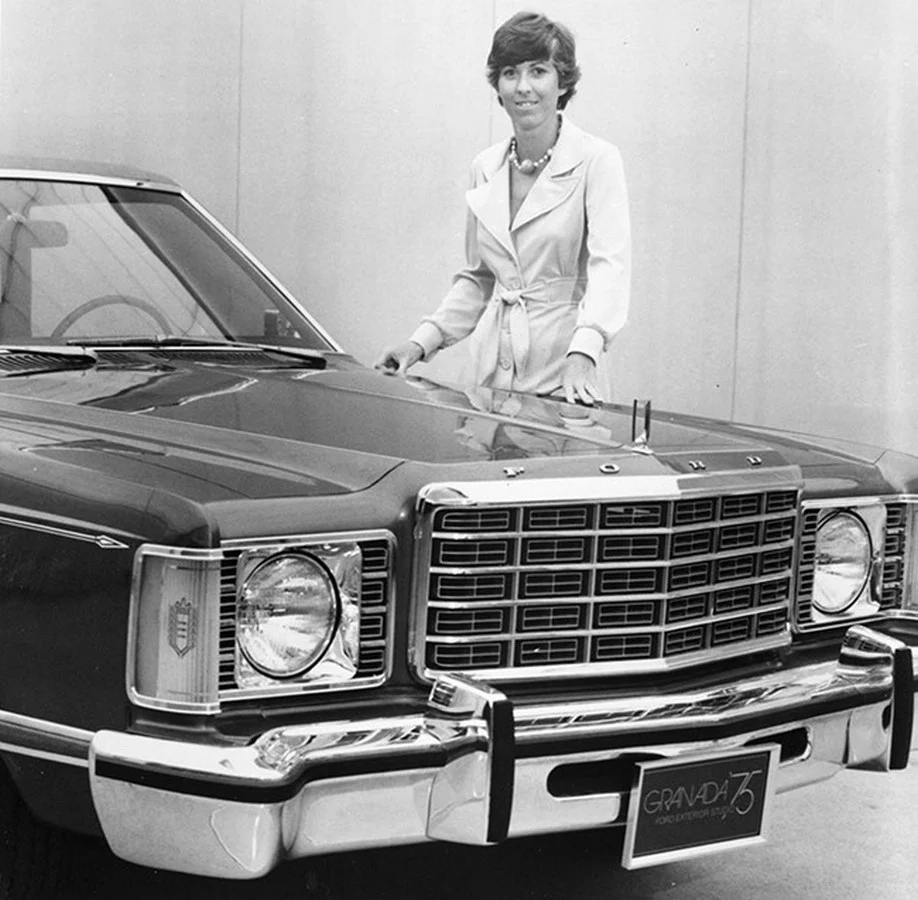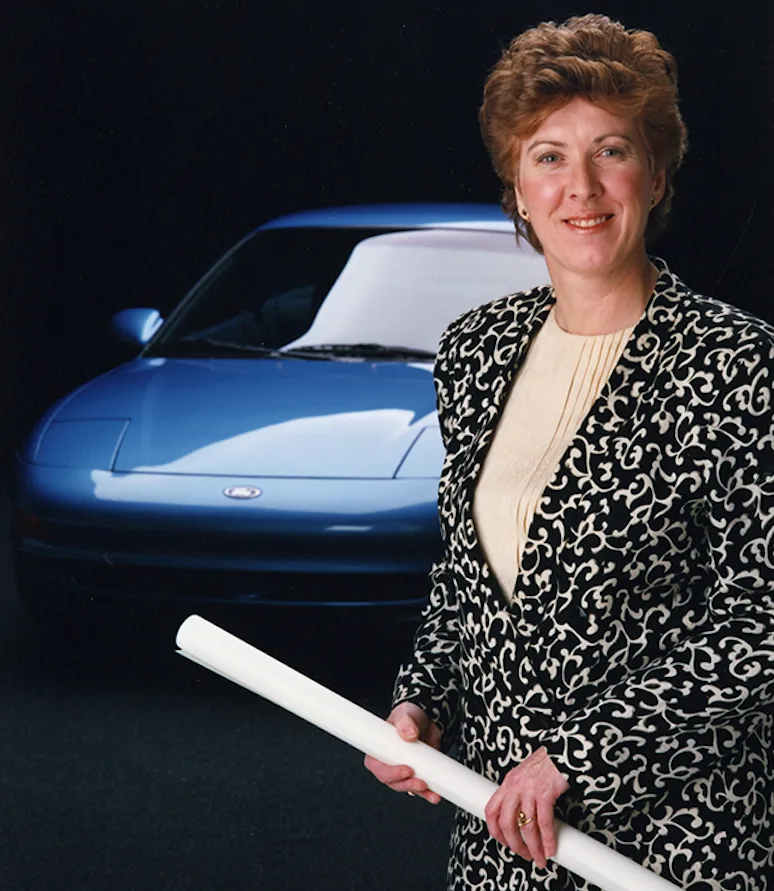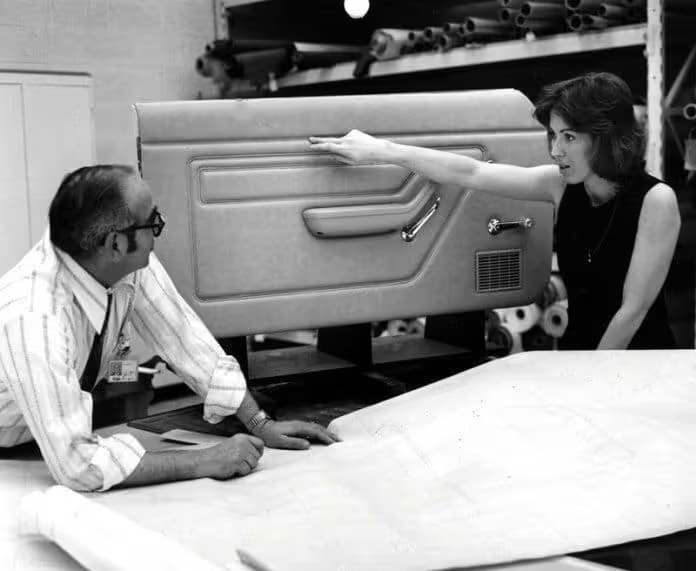Mimi Vandermolen revolutionized how we sit, steer, and feel inside our cars. A trailblazer for women in automotive design, she reimagined car ergonomics and aesthetics with the user in mind—especially women—and left an indelible mark on the industry. Her innovations earned her induction into the Automotive Hall of Fame.
Born in the Netherlands in 1946, Mimi emigrated to Toronto with her family in 1951. Inspired by her father’s constant tinkering to improve his motorbike, she was encouraged to do more than just drive machines—she reimagined them.
In 1965, she became the first woman to study Industrial Design at the Ontario College of Art and Design. Upon graduating in 1969, she joined Philco (a Ford subsidiary) while studying automotive design at night. Soon, she interned at Ford, helping to redesign the Ford Mustang II. Her fresh approach contributed to over 1 million sales in just four years.

Despite a layoff during the 1973 oil crisis, she didn’t stop innovating—working at Chrysler and Aerodynamics before returning to Ford in 1979. There, as Design Specialist for the Ford Taurus, she broke boundaries with female-forward thinking: introducing optional digital displays (a first for mass-market vehicles), ergonomic interiors, and tactile controls that could be operated by touch alone.
She even made male designers wear fake nails—and threatened them with skirts—to better understand the challenges women face with car design. However, after two months of dating she married fellow Ford designer Al Oren.
In 1987, Mimi was promoted to Design Executive, leading compact car design and working closely with Mazda. In 1993, she moved to Japan to oversee the second-generation Ford Probe design.
That same year, she joined General Motors, where she became Marketing Director for Cadillac and later Buick, helping to launch iconic vehicles like the Cadillac Escalade and Buick Rendezvous—a crossover SUV ahead of its time.
Mimi Vandermolen didn’t just redesign dashboards and seats—she redesigned the role of women in the automotive world. Her legacy lives on in every vehicle that puts the driver first.


